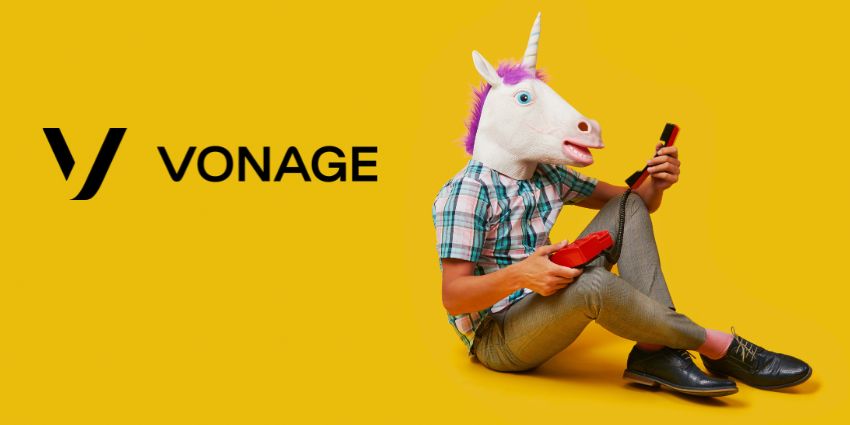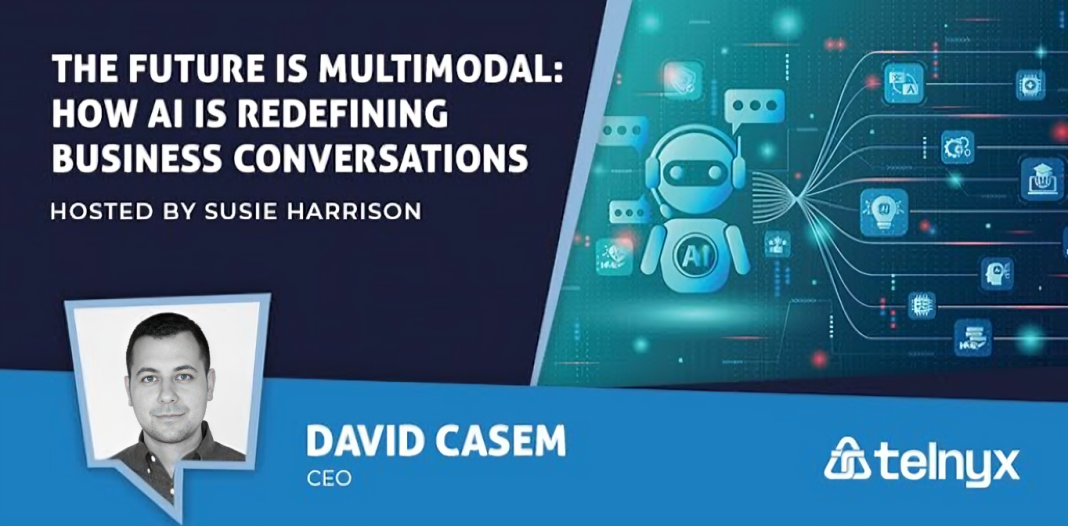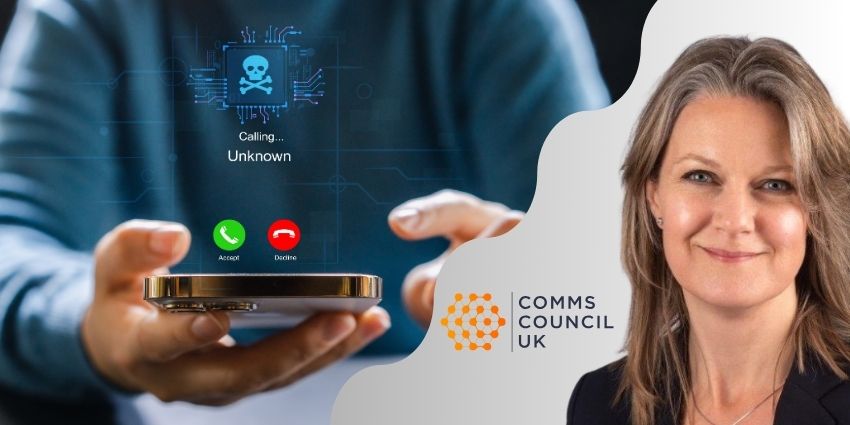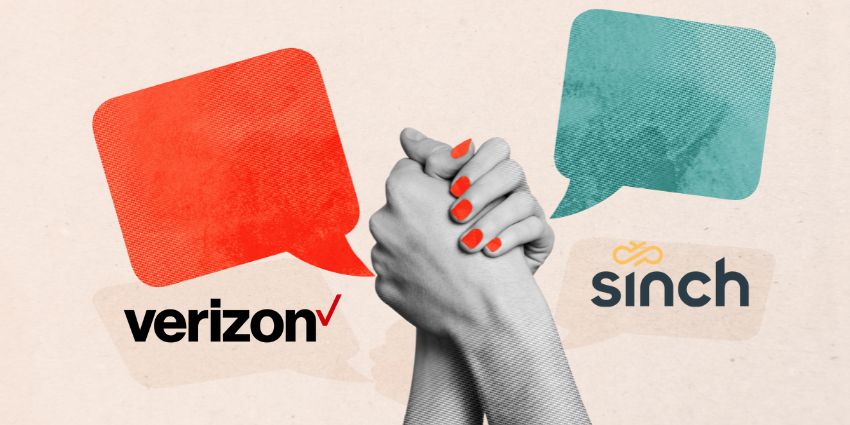His official title is Architectural Engineer at 2600Hz, and given his background, James Aimonetti lives up to that title. He has over a decade of experience building network infrastructure for VoIP solutions. Nine years out of his career, Aimonetti’s spent with 2600Hz developing projects like KAZOO.
The open-core software platform provides carrier-grade VoIP and UCaaS functionalities that enable developers, system administrators, and telecoms engineers to create VoIP services using KAZOO APIs. During our chat, Aimonetti presented a laundry list of reasons that phone masking is important, starting with:
Who benefits from masking their number?
He gave me two real-world examples, demonstrating a serious need for phone masking. Suppose you’re trying to connect with a driver from a ride-hailing service such as Uber. You don’t want them to have your phone number, and drivers may also want to hide their numbers. Aimonetti told UC Today:
“Phone masking is important on both sides of a call.” The app you use facilitates communication by initiating the two legs of the call, ensuring both parties maintain privacy”
For contact centers, there are several reasons to use phone masking according to Aimonetti, including business call routing. Agents who represent more than one company and agents who work from home and use personal devices should too mask their numbers.
Are there any Legitimate Privacy Concerns?
Aimonetti shared, most privacy concerns center around keeping both parties safe. If an irate customer gets an agent’s number, this could lead to harassment or intimidation.
“On the ride-hailing side, a driver could use a rider’s number for similar reasons”
Phone masking may present some challenges, but nothing good software design won’t remedy. For privacy purposes, some want to call back an unknown number without making the other party aware of their callback number. Some faulty companies block call back numbers.
“Companies that rely on these features need a partner (or to provide it themselves) that enables users and customers to access these features. A CPaaS provider lets companies start calls from an application. This occurs instead of starting on the customer or agent side, controlling what caller information shows on both sides.”
Does BYOD Create Any Complications?
For companies that allow BYOD for business purposes, Aimonetti said BYOD does present some complexities. Companies should be aware of the options that help circumvent these difficulties.
The first is Direct Inward System Access. DISA allows employees to call an access number, enter a PIN, then enter the number they want to dial. The resulting call presents the company caller ID and is often used for making international calls from personal devices. Aimonetti also explained that newer offerings, like an app on a phone that places calls ‘over the top’ (OTT) using a data connection, can make calls through the company’s system.
He did acknowledge, maintaining a secure data connection is challenging. For all the challenges phone masking presents, doing so still seems worth it.
The risk appears greater if enterprises do not mask business telephony.







